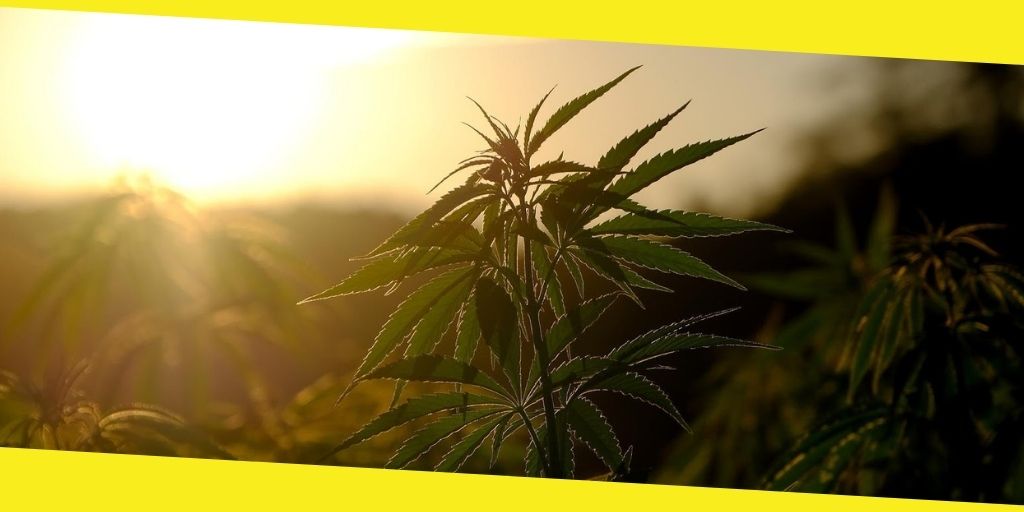The Legacy of Legal Marijuana in California: Two Decades Later

California has always been at the forefront of cannabis legislation, being one of the first states to legalize marijuana for medicinal purposes 20 years ago. To that end, marijuana is legal in the state for both recreational and medicinal purposes. The Golden State has also been open for industrial hemp growing as of 2019. While recreational use is allowed, the medical and health applications of marijuana are constantly being studied with a high level of oversight and attention to detail.
California’s commitment to cannabis safety for the environment and the health of its citizens is laudable and should not be overlooked. Whether it’s regulating dispensaries with an eye to public health or exploring the plant’s environmental impact in the state, California is keeping close watch on their cannabis industry. Here are some ways California is overseeing, studying and promoting health and wellness related to cannabis use in the state:
Contents
ToggleRecreational use and public health
Recreational marijuana use in California is heavily regulated with strict limits. First and foremost, marijuana can only be consumed in private in an effort to safeguard public health. Even then, a property owner or landlord can legally decide to ban use or possession on their properties. Use and consumption is also prohibited in federal parks or within 1,000 feet of a school and taking may amount of marijuana across state lines is strictly illegal.
California citizens age 21 and over can have 28.5 grams of marijuana flowers and eight grams of cannabis concentrates, in addition to a maximum of six cannabis plants in their home. Individual cities and counties have the power to further limit, ban or restrict cannabis use and possession, however, so there may be some restrictions depending on the location within the state.
Dispensary regulation and oversight
Anyone 21 years of age or older is allowed to legally use, purchase or grow marijuana in California. But to purchase weed in California requires using one of over 10,000 licensed retail outlet or dispensary in the state. California regulates edibles, concentrates and manufacturing. The application requires disclosure of the type of marijuana business, who the owners and financial interest holders are and where they plan to operate. Detailed descriptions for waste disposal, inventory procedures, quality control, transportation and security are all required to even apply for a license and are regulated by the state.
Effective therapy for medical conditions
Research suggests medicinal marijuana can be effective for treating chronic health conditions. If a person experiences chronic pain, inflammation, nausea or muscle spasms, medicinal marijuana can help reduce or manage the pain effectively. It’s also effective in helping with anxiety, Chron’s disease, cachexia, HIV, AIDS, epilepsy and reducing pain associated with cancer treatment.
CBD use and medicinal applications
Cannabidiol is a hot topic in the worlds of medical and recreational marijuana. A commonly recommended supplement for health applications, CBD is still the subject of heavy research into exactly how it helps its users and the extent of its positive effects. CBD oil is proving itself to be an effective therapy of seizures and epilepsy, along with treating pain/inflammation. It’s also particularly beneficial for people who suffer from anxiety, PTSD or depression. Some research is also looking into the effects of CBD on curbing cravings or addiction to opioids. CBD does not have the same psychoactive effects as THC (another compound found in marijuana that causes “the high”). Continued research into its health benefits and risks is an ongoing pursuit for most states, including California.
Environmental impact of cannabis in California

As it stands today, the process of growing marijuana in California has some effects on the environment and wildlife in the state. The California Department of Food and Agriculture licenses marijuana grows, but local authorities have some agency over allowing growing/cultivation in their own jurisdictions. This can create some challenges involving grows that aren’t following established California laws and guidelines. On top of that, growing marijuana requires considerable amounts of water. California strictly regulates water, requiring permitted growers to register their water rights and prohibits diverting surface water from April to October. Using stored water to irrigate marijuana plants during a dry season is also not allowed.
The environmental impact of growing marijuana in the state can be helped by offering incentives for growers to help protect natural resources, work on enforcing current environmental laws better, leveraging sales tax to fund restoration projects and provide better oversight regarding labeling, testing and certification of marijuana products.
Recommended For You
5 Tips on Getting a Small Business Loan
Most Inside
Most Inside offers high-quality recommendations and valuable updates to enhance all aspects of your life, providing premium guidance and enriching experiences.




